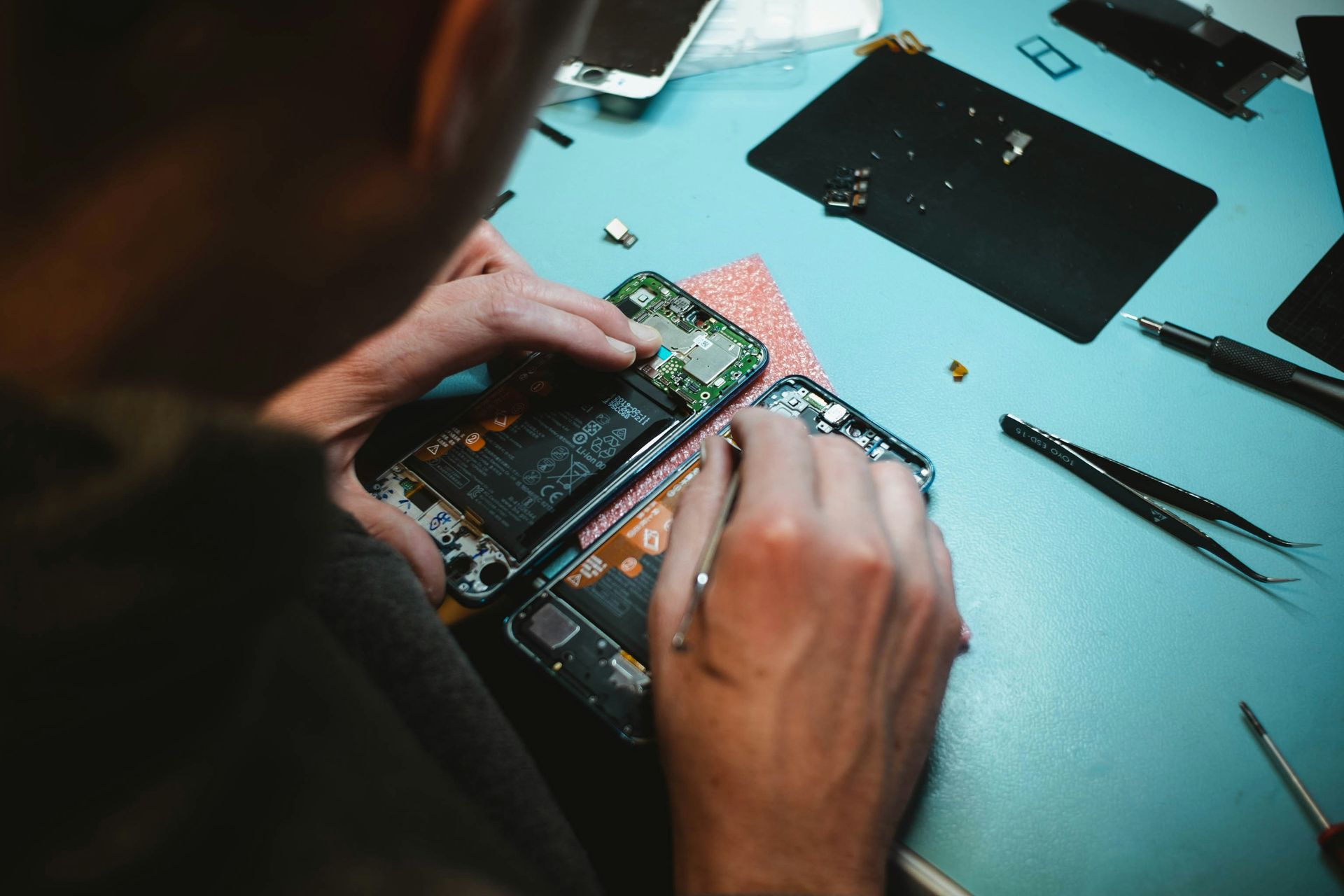While the place of technology in our daily lives is increasing, the lifetime of electronic devices is also shortening. As such, there is a great burden on both the environment and the economy. Millions of electronic devices are thrown away every year, leading to waste of raw materials, greenhouse gas emissions, and environmental pollution.
To solve this problem, the European Union adopted a new directive called ‘Right to Repair‘ on 24 April 2024. The directive aims to reduce the amount of electronic waste and revitalize the repair sector by enabling consumers to repair their devices more easily and cost-effectively.
However, I argue that the European Union’s step should be an example worldwide. Let’s say that this is an excellent step, and let’s move on to the details of the directive.
Main points of the directive
Repairers must now provide consumers with timely and affordable repair services and information about repair rights. Consumers can then decide whether or not to have their products repaired.
They will also have to offer reasonable prices for spare parts and tools for repair. This means that independent repairers can also provide repair services.
Consumers will be informed about their repair rights and the companies offering repair services. This has been made fully compulsory.
In addition, the European Union member states must take various measures to incentivize repairs, such as repair vouchers and funds.

Meanwhile, new warranty rules for electronic products have also been introduced. Under these rules, repair companies must now repair ‘common household products’ such as smartphones, televisions, washing machines, and vacuum cleaners, even after the expired warranty period.
Consumers who choose to have a product under warranty repaired when it breaks down will receive an additional one-year warranty. Companies must also offer the repair at a ‘reasonable’ price and provide spare parts. Manufacturers are also banned from using techniques that impede repairs.
Once the directive is formally approved by the Council and published in the EU Official Journal, member states will have 24 months to transpose it into national law.
The EU’s new plan extends repair rights and favors consumers. The EU also plans to launch an online platform to help customers find local repair shops, second-hand goods dealers, and people who buy defective products.
Also, once the Council has approved everything and the Official Journal of the EU has published the new rules, they will enter into force.
Benefits of the Right to Repair:
- Encouraging repair will lead to a significant reduction in the amount of electronic waste.
- New jobs will be created in the repair sector, contributing to the economy. In addition, consumers will be able to save money by having their devices repaired.
- Allowing consumers to have their devices repaired will also increase consumer satisfaction.
The Right to Repair Directive is an important step in tackling the problem of electronic waste. Its full implementation will help protect the environment, boost the economy, and give consumers more choices. It can be important in moving Europe towards a more sustainable future.
Featured image credit: Christian Lue / Unsplash





